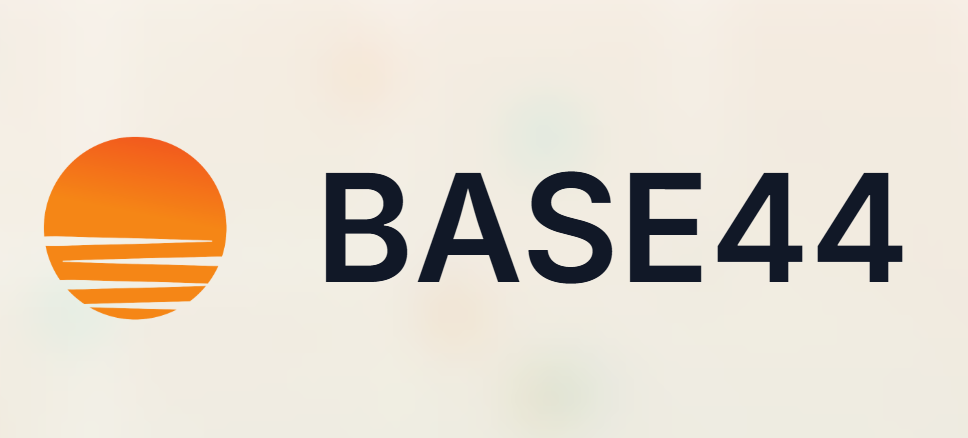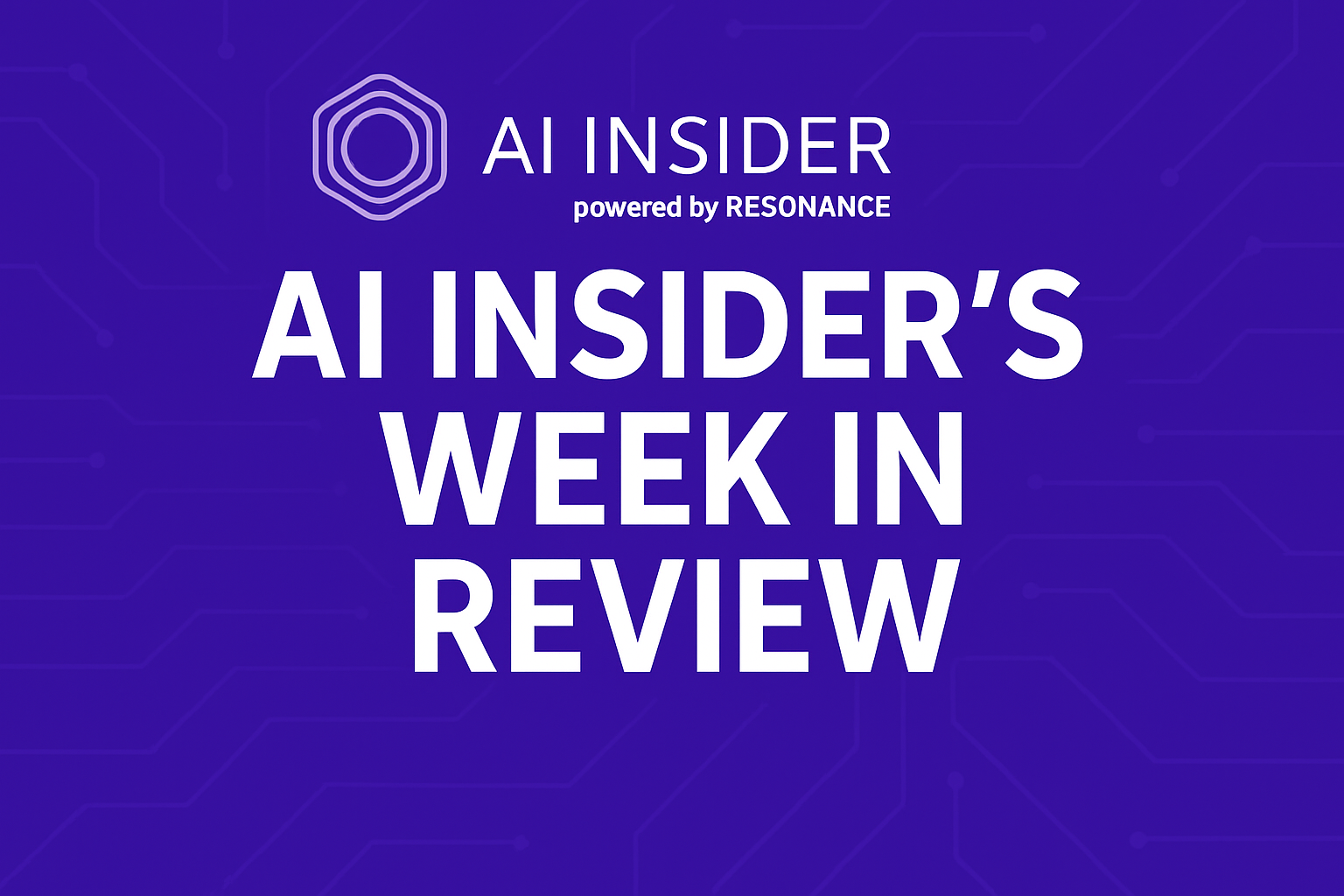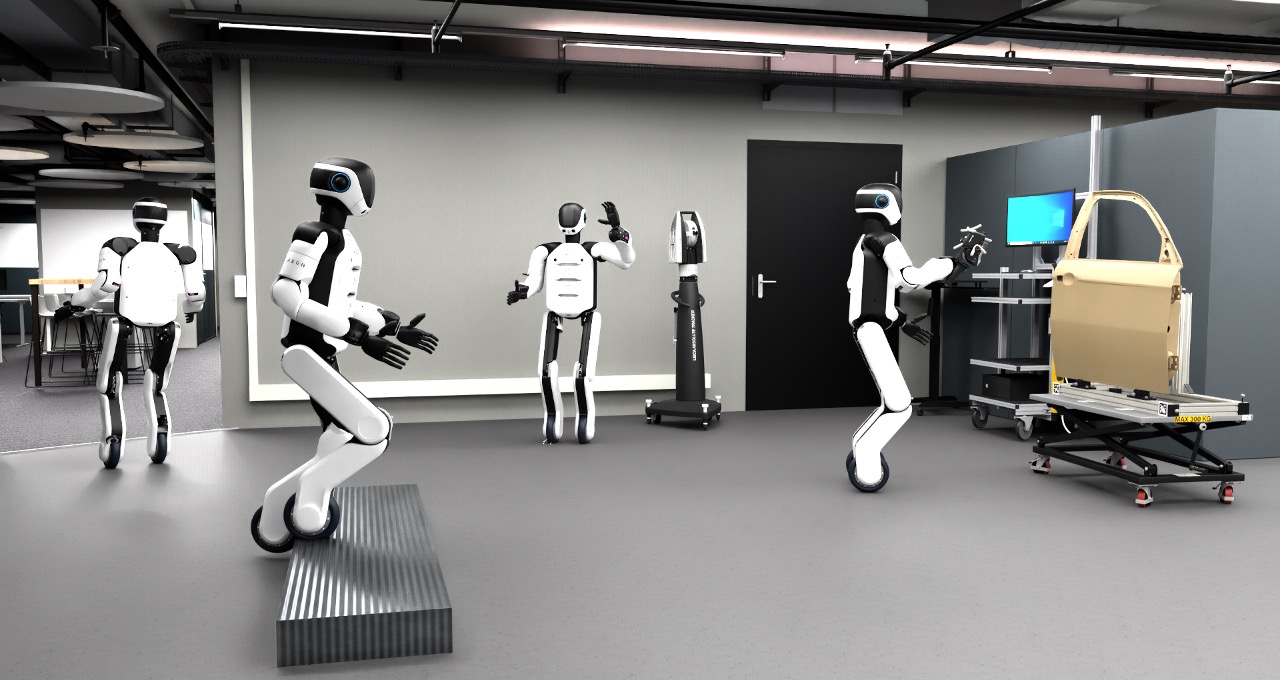Insider Brief
- Goldman Sachs forecasts cloud computing sales to reach $2 trillion by 2030, with generative AI contributing 10-15% of that growth.
- The cloud market is expected to expand at a 22% compound annual growth rate, driven by digital transformation and increasing adoption of AI technologies.
- Generative AI spending is projected to broaden beyond major tech companies, with investment in AI platforms and applications set to fuel the next phase of cloud growth.
Cloud computing sales are expected to surge to $2 trillion by the end of the decade, with generative artificial intelligence (AI) predicted to be a significant driver of that growth, according to a new report from Goldman Sachs Research. The report, led by Kash Rangan, head of U.S. software research at Goldman, forecasts that generative AI will account for 10-15% of cloud spending by 2030, or roughly $200 billion to $300 billion.
The total addressable market for cloud services is set to expand at a compound annual growth rate (CAGR) of 22% from 2024 to 2030. Rangan credits the rise in cloud adoption, particularly in digital transformation and cloud modernization efforts, for this robust growth. According to the report, only about 30% of corporate workloads have migrated to the cloud, leaving substantial room for growth in the sector.
The cloud market, which saw rapid expansion between 2019 and 2023, more than doubled to $496 billion during that time, representing a CAGR of 26%. As more companies begin to adopt generative AI solutions, Rangan expects cloud spending to grow even further, particularly in industries beyond the current tech giants and AI foundation model providers.
AI Drives Next Phase of Cloud Growth
Generative AI is expected to fuel the next wave of cloud growth, building on the infrastructure investments of recent years. The report highlights that much of the initial investment in AI has focused on hardware infrastructure, particularly in semiconductors. As generative AI evolves, however, platform and software companies are poised to play a larger role.
“We are starting off with infrastructure, and that should lead to growth in platforms, which can help manage all the data and facilitate processing by applications,” Rangan writes in the report.
He predicts that infrastructure as a service (IaaS) will account for $580 billion of the cloud market by 2030, or 29% of total spending. Platform as a service (PaaS) is expected to make up $600 billion, or 30%, while software as a service (SaaS) is forecasted to contribute $780 billion, or 41%, of the cloud market.
Rangan writes that the team expects spending on generative AI will gradually broaden out to companies across sectors, as the technology moves beyond its current concentration in the hands of a few large tech firms. This expansion is expected to be a key catalyst for further growth in the cloud market.
Generative AI Investment: Shifting Focus
While major U.S. technology companies are forecasted to spend $215 billion on generative AI this year — up from $125 billion in 2022 — Rangan expects these capital expenditures to level off in the coming years. The report highlights that costs related to training large AI models are relatively fixed, but companies will likely develop more efficient models, leading to a gradual shift in spending from model training to inference — using pre-trained models for real-world applications.
The software sector, which has experienced three consecutive years of decelerating growth, could see a potential rebound driven by generative AI. Rangan cites factors such as declining interest rates, more certainty in economic policies after the upcoming U.S. election and upcoming software conferences that could unveil new generative AI products.
Generative AI’s Role in IT Budgets
Goldman Sachs Research’s survey of IT buyers shows that investment in generative AI is expected to remain resilient, despite fluctuating investor sentiment. The survey indicates that IT buyers plan to allocate 9% of their budgets to generative AI over the next three years, up from 7% in a survey conducted in January. This suggests growing confidence in the technology’s potential, even as the return on investment remains difficult to quantify.
Rangan draws a parallel between the development of generative AI and the early days of cloud computing. Cloud-based applications took time to outpace on-premises solutions in terms of functionality, but eventually proved their value. Similarly, as generative AI models mature, they are expected to pave the way for more sophisticated applications across industries.
However, Rangan also writes that if generative AI fails to materialize as a significant force, software companies may see an upside as competition for IT budgets diminishes. This would reduce the risk of disruption for software providers and potentially lead to higher valuations in the absence of AI-driven competition.
Outlook for Cloud and AI
Despite some uncertainties, Rangan remains optimistic about the future of generative AI and its impact on the cloud market. “There is a much greater probability that the generative AI opportunity is indeed real and that software applications and platform companies are able to re-invent and therefore re-accelerate growth — especially as interest rates start to come down,” he writes.
Goldman Sachs expects the combination of cloud computing and generative AI to reshape the software landscape in the coming years, with platform and software companies well-positioned to capitalize on these changes. Even if generative AI adoption proves slower than anticipated, the fundamentals of cloud computing are expected to remain strong, providing opportunities for growth across the sector.






